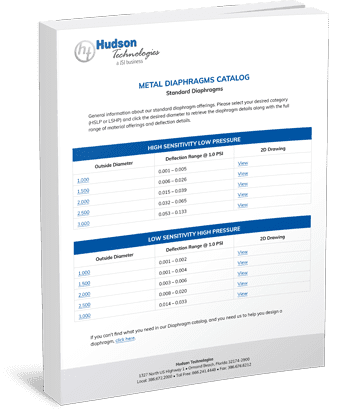The deep draw process itself begins once a flat piece of metal – referred to as a blank or a disc – is placed over a cavity known as a die. A punch pushes the metal through the die to form it into the specific shape required by the design. Deep drawn metal stamping has a wide range of applications across myriad industries, so an understanding of how the process works can benefit many different types of industrial stakeholders.
Top Five Things to Know for Deep Draw Metal Stamping
Deep drawn metal stamping – or simply deep drawing – requires a specific skillset and experience to accomplish correctly. Our resident expert Farley Fitzpatrick, compiled the following five tips for deep draw metal stamping.
- Cold Metal Drawing
Cold metal drawing processes will provide you with a greater peace of mind. Cold processes are able to provide finished products with a greater accuracy. Cold metal drawing also offers better grain structures and surface finishes in the final product. While more expensive, cold drawing results in a blanket, overall improvement of the metal’s properties when compared to other methods.
- Corner Radii
To determine the smallest corner radius that you can obtain, there’s a general rule you can follow: The smallest attainable corner radius is equal to the material thickness times two. Working additional draw operations into your process can help you skirt this rule a little if you need to further reduce corner radii. For many designs, larger corner radii may be considered desirable. These may also reduce the amount of draws necessary.
- Draft
A small amount of draft is absolutely necessary to the drawing process. The draft allows the case to be stripped off of the punch after draw operations are completed. This makes for a container that’s smaller on one side and larger on the other—the closed end inside will be smaller and the open end inside will be larger. Our standard draft is 0.001″ (0.025mm) per inch of length.
- Work Hardening
Cold working of the metal during the deep draw process (also known as work hardening) must be relaxed through a heat treat process. This second process is known as annealing. It’s an intermediate step that takes place during the forming and case reduction sequence.
- Ironing
Specifically designed tooling can intentionally thin out (or iron) the sidewalls beyond the material’s natural tendencies. This method will only be used to address particular requirements and occurs on a project-by-project basis. This process can add greater dimensional stability to the case while also making it more aesthetically pleasing.
The deep drawing process is crucial to the fabrication of items that many of us use every day, such as pots and pans, automobile parts, and containers. Since deep drawing plays such a central role in getting so many objects made, it’s key for those involved in the process to understand it thoroughly.
For more information about Hudson’s deep draw metal stamping capabilities, please contact us or request a quote.





















Leave a Reply